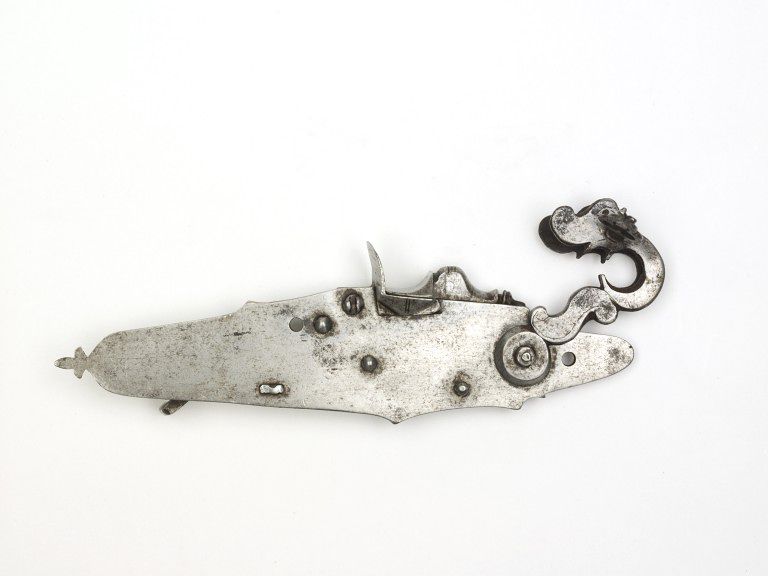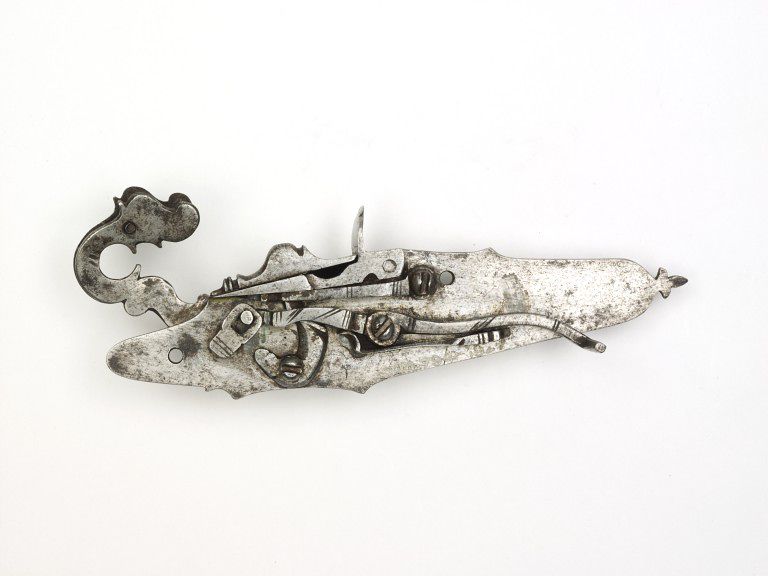Hello all. I thought I would ask this question to an expert in Europe. Here is his reply. Hope this helps. :hatsoff: Rick.
Hi Rick,
This a basic question often asked.
First of all we should define a matchlock pistol, strictly confining it to a small and single-handed firearm that was actually ignited by an attached matchlock mechanism. Just any short 'handgonne' without a matchlock mechanism which had to be ignited externally by either a hand-held length of matchcord, an igniting iron or a linstock is NOT a matchlock.
There are many 'reproductions' around, all claiming to be made 'after an original' but none of these 'originals' has actually ever been presented.
Original European period artwork does not give one single evidence of any firearm employing a matchlock mechanism and light and short enough to be meant for single-handed use.
On the other hand we cannot exclude categorically that they existed, however useless as they must have been; remember, pistols in the 16th c. were only used on horseback and all pieces, both actually surviving and such depicted in period works or art, are mounted with a wheellock which in those days was called the self-igniting lock, in contrast to the matchlock.
It is also true that in Japan and other Far Eastern countries matchlock pistols seem to have been in use since the 16th c., and they all are based on (and were made in the same, almost unaltered style for centuries as) samples imported from Central Europe.
Only one single and completely original 16th c. matchlock pistol is known to have survived but it is clearly an exemptive 'high-tech' weapon: with three manually turned barrels, which actually makes it a matchlock revolver. Each barrel is fitted with its own pan and pivoting cover, plus rear sight with an additional tube and bead foresight; no provision for a trigger guard.
It is made in clearly North Italian (Brescian?) style, ca. 1530's, and preserved in the Doges Palace Venice, inv.no. B 83: 53 cm long overall, the barels 29.9 cm, bore, 10 mm, weight 1490 grams (attachments).
In the reserve collection of the Ashmolean Museum Oxford, I detected and photographed a detached bundle of three barrels, obviously from the same type of firearm but with an additional muzzle ring including a ramrod recess; on two of the barrels the faint rest of an unidentified maker's mark can be seen, and two of the sighting tubes are missing (attachments below).
That's it for European matchlock pistols. Worldwide.








